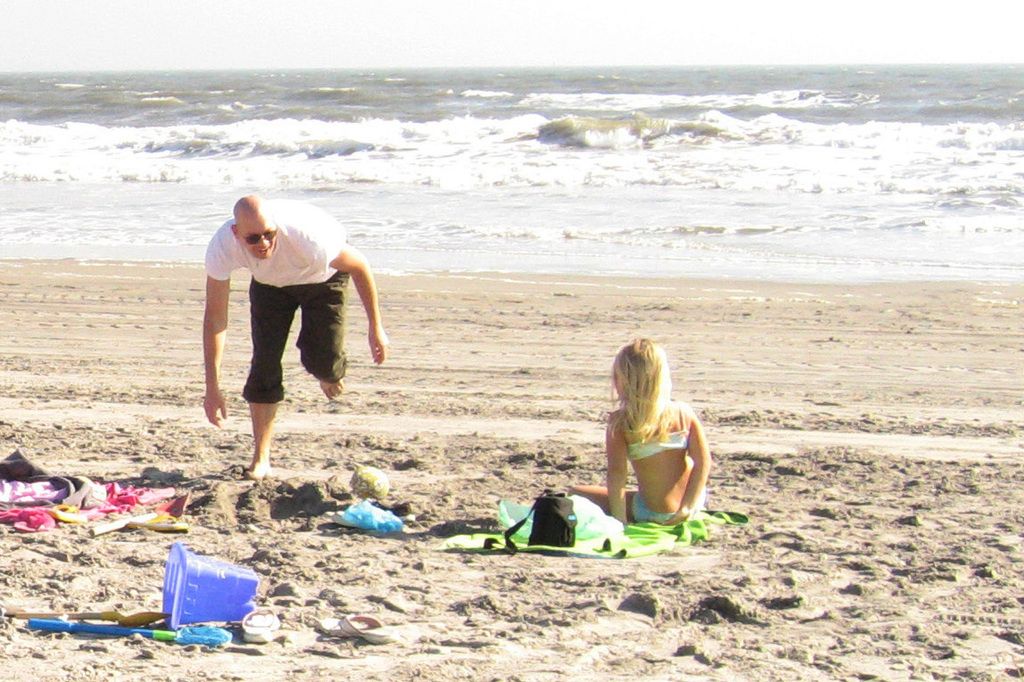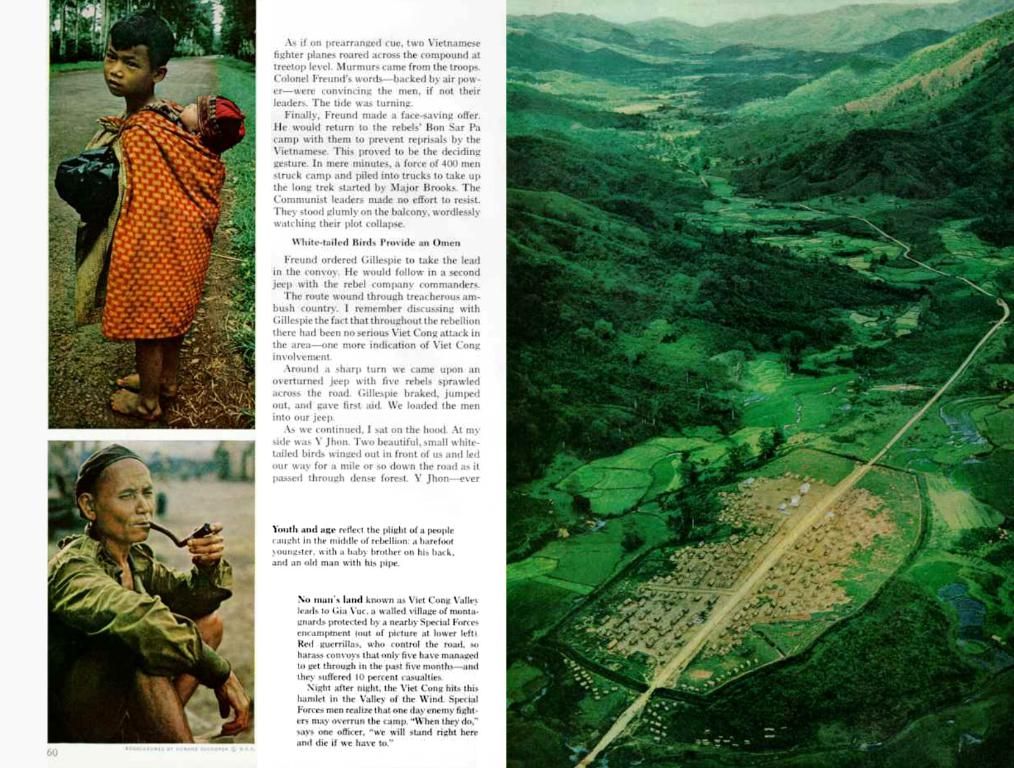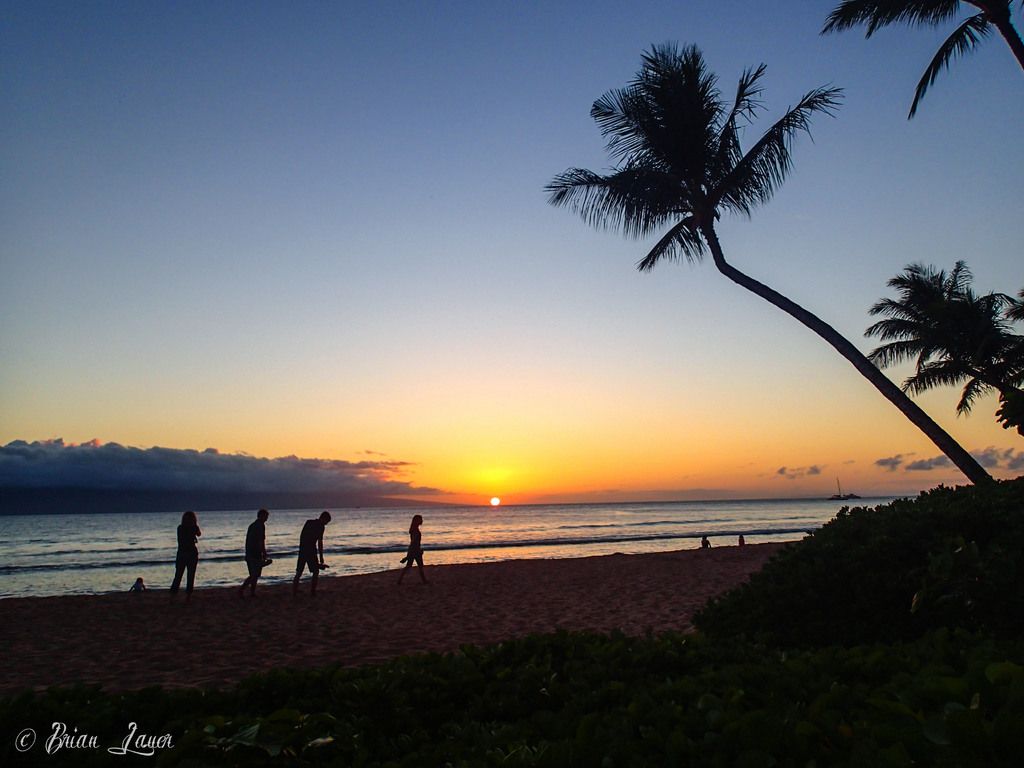Suggestions for Architectural Structures within Gütersloh's Town Park
In the heart of Gütersloh, the charming Stadtpark villa district is bracing for some changes. The city is cooking up two new development plans, covering a substantial portion of the areas surrounding Parkstraße and Thesings Allee, to safeguard the district's unique character.
These strategic moves aim to hinder the quarter from becoming excessively populated, as there's a heap of high-density building applications lingering. The city yearns for new constructions that elegantly align with the existing buildings and the district's characteristic layout. The number of allowed dwellings is under scrutiny too.
Much like in the Mohns Park vicinity, the city and the politics are actively working towards maintaining desirable population density. Additionally, several houses within the area boast monumental status.
So far, the city's evaluations of the building projects in the Stadtpark quarter have been weighed case by case. However, the two development plans collectively encompass nearly ten hectares, allowing the city more comprehensive control over factors like building locations, parking, maximum housing units, and building designs.
Bounded by Park-, Dalke-, Emilienstraße, Eselsbach, Dalke, and railway embankment to the north, and Park- and Hochstraße to the south on either side of Reckenberger Straße, the northern plan spans 7.9 hectares. The southern plan, on the other hand, claims a modest 1.8 hectares. Concurrently, a development plan procedure is already in motion for the Bockskrug area.
Mid-June marks a pivotal decision-making moment for the city council factions, who will decide on the implementation of the new development plans in their specialist committee. The city administration is optimistic about the outcome, as the villa district's character is heavily impacted by the historical, grand city villas.
Many prosperous entrepreneurs of the rising Gütersloh during the Wilhelminian Empire erected representative buildings on the district's edge and around the Dalke around 1900. This created a picturesque villa settlement. Intriguingly, a third of these buildings are deemed worthy of preservation (thirteen), while five are classified as monuments, and four are under scrutiny for potential protection. The many trees and expansive gardens also contribute to the district's allure.
As for other developments in Gütersloh, businesses such as the Zimmermann Group are expanding, securing a 24,000 square meter site on Marienfelder Strasse for a construction project that includes parking and storage areas, a truck workshop, and office facilities for two subsidiaries. Construction is slated for the second half of 2025, with occupancy expected by 2026. Local infrastructure is undergoing changes, but it isn't directly related to the Stadtpark quarter development plans. Moreover, discussions about preserving green spaces and managing local development plans are prevalent in nearby areas, such as Bad Driburg's Eggelandpark controversy.
In light of the new development plans, the city council is considering financing options to funding constructions that align with the Stadtpark's architectural integrity and urban layout, particularly in real-estate sectors like investing in low-density housing or restoring historical villas. Concurrently, the city is weighing the possibility of investing in sustainable infrastructure to match the expanding businesses, such as providing adequate parking facilities and green spaces in the industrial sector, away from the Stadtpark quarter.





